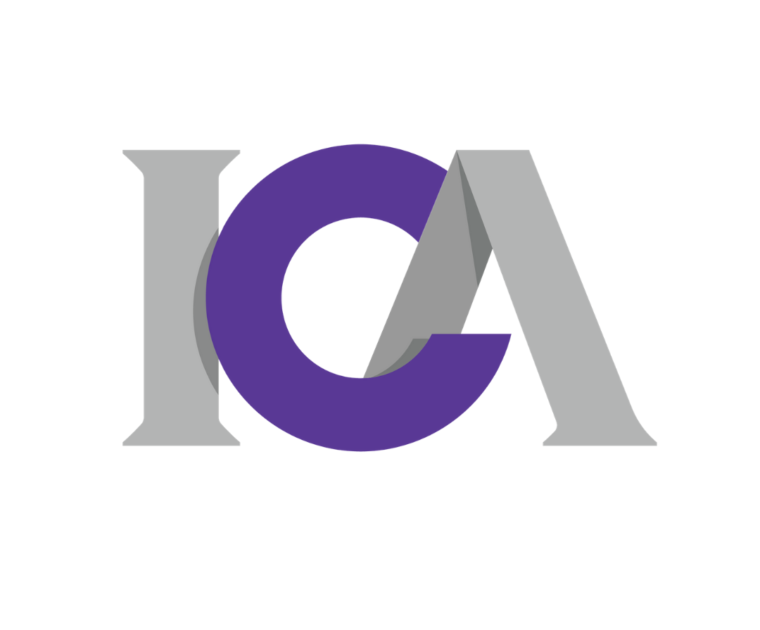Balance – Finding the Right Harmony in a Modern Work Environment
In March of 2020, our world changed forever. In our industry, COVID forced an immediate WFH/WFA (work from home/work from anywhere) environment, and there have been consequences – both good and bad. Over two years later, we are still figuring out the perfect balance of remote, hybrid, and onsite work.
Due to my experience working for insurance carriers and as a vendor, I’m constantly asked, “what do you think companies should do?” I always start by saying – it’s a very complicated and important decision because there can be a huge impact on the culture and the bottom line of the organization.
No one can deny the value of in-person interaction. Certainly, we all can communicate effectively across Zoom or WebEx, but you lose that personal connection. At Integrated Benefits, Inc., I am responsible for sales and retention for the organization. Technically, I work from home full-time; however, in my job, partnering with clients and understanding their needs is vital to the health of the relationship. The pandemic challenged us to find strategic ways to connect with partners virtually when going into the office was not an option.
At first, I was concerned, but our team came up with so many creative ideas like virtual holiday parties. I cannot convey how well received and appreciative our clients were. Our world was in a state of crisis, but we were able to come up with innovative ideas to create value for our partners. We were forced to think differently. The silver lining: we are stronger for it.
Fast forward to today. We’re learning to live with the pandemic and organizations are faced with the decision of how to operate moving forward. And because every organization has its own unique culture, the “right” decisions may be different for each company.
I believe that balance is the key, and here are some things to consider as you try to find the best balance for your organization.
Morale vs. Productivity: Yes, working from home is good for morale under many circumstances. But is that positive morale negated by a decrease in productivity or income? Consider some research McKinsey & Company did on the subject. They analyzed whether highly skilled and highly educated workers could work as effectively remotely up to three or four days a week as they could when working in the office. The two industries that tied for the highest potential for success were finance, and yes, insurance! “According to the research, which analyzed more than 2,000 activities in more than 800 occupations, three-quarters of the time spent on activities in the finance and insurance industries can be done remotely without a loss of productivity.” (McKinsey & Company)
The Water Cooler: Some say that working from home eliminates “water cooler” talk in the office and maximizes employee productivity. There can be some truth to this. But there’s also great value in water cooler talk. Before I joined Integrated Benefits, Inc. I was in leadership at a very well-respected LTD carrier. As part of every day, I blocked off 45 minutes to walk the floor, say hello to people, and ask them about their lives.
How’s your family? How was your kid’s baseball game last night? How is your day going?
I cannot tell you how valuable such efforts can be to the health of an organization. I developed great relationships with people, and I am still friends with them to this day. I looked forward to our brief interactions, and I hope they did too. Sure, you can attempt to make the same types of connections virtually, but I’m not sure it has the same effect. When you want to visit with your family or your best friend, do you prefer to meet in person or on a computer? On some level, almost all employees appreciate some personal interaction.
Employee Empowerment – The Great Resignation is real. Employees have first-hand knowledge of the pros and cons of WFA and are often confident about what works best for them when trying to achieve a work/life balance. Consider involving your employees in some of the decision-making (where appropriate) because it’s empowering. And frankly, you will end up with a happier and harder working team.
Unexpected Connections with Clients and Co-workers – Have you had Zoom staff meetings with folks at their dining room tables or on their back porch? Have you virtually met your best client’s dog or their children for the first time in the 5+ years you have known them? You now have insights into people’s lives that you couldn’t access at work. Utilize this opportunity to be a better leader/partner/vendor. You might just be surprised by what you find.
Reduced Overhead Costs – Let’s face it; a decrease in the need for office space and associated support reduces our overhead costs. Take the time to uncover the details. What is the right balance for your organization? What are the benefits of being more nimble or having the ability to scale up or down as things continue to evolve around us? These decisions have become more intricate.
Zoom Fatigue is a Thing – Too many virtual meetings a day or a week can take its toll, both physically and emotionally on anyone. Enough said…you know what I mean.
Creating Company Culture in WFH/WFA is Much More Challenging – You are likely blending experienced, long-term staff with new hires. How do you establish and nurture a valuable company culture, create mentor/mentee relationships, and observe positive or even negative behaviors in this environment? This will take insight, creativity, and thoughtful leadership, but it is definitely doable.
Keep an eye on employee loyalty – Working in a shared space can mean stronger personal/professional relationships. People have an opportunity to bond with you and others in the organization. Those bonds can enhance employee loyalty. So, get creative. Whether you are in the office together 25% of the time or 75%, the payoff of happy and loyal employees is huge. Involve everyone in identifying/creating team-building activities. Give your leadership team tools and ideas. Incentives go a long way, but verbal praise, recognition, and appreciation go a really long way. It’s worth a little research and effort because it’s a win-win for everyone.
If You Have the Data, Use the Data
- Where are workers in our industry more productive?
- Which positions are more productive at home?
- What environment yields better quality and service?
- What about leadership positions?
Your answers should be organization-specific and team-specific.
According to Ernst & Young, leadership teams in the insurance industry should be helping their employees adapt to, identify, and navigate the new normal, and they can do so by “reassuring, motivating, and steering their workforce. Empathetic team handling, clarity in direction, transparency in communication, encouraging flexibility in the way of working, and agility in decision making will be the magic key to building a high-performing and motivated virtual workforce.” As our life with COVID continues to unfold, “insurance companies need to re-invent their business operating models and adapt themselves to emerging work-force models to be prepared for the next and beyond phase of the pandemic. People-friendly policies and processes will be key to ensure continuous growth on a long-term basis and ensure profitability.”
All of this brings me back to balance.
At Integrated Benefits, Inc. we focus on balance and flexibility. Our operations are a blend of WFA and in the office. This allows our valued employees an opportunity to take advantage of the flexibility to work from home, while also benefitting from interaction in an office environment. We have found this type of flexibility helps deliver the best product for Integrated Benefits, Inc. based on our culture.
I would love to hear your ideas and what strategies are working for your organization. Thanks for reading.
About the Author:
Matt Jensen has worked for Integrated Benefits, Inc. since 2011 and is currently their Executive Vice President, CMO. He has over 17 years in experience in the Group Disability space which includes STD, FMLA, LTD, Social Security Advocacy and Overpayment Recovery. Matt has a Masters Degree in Business (MBA) from Syracuse University.

